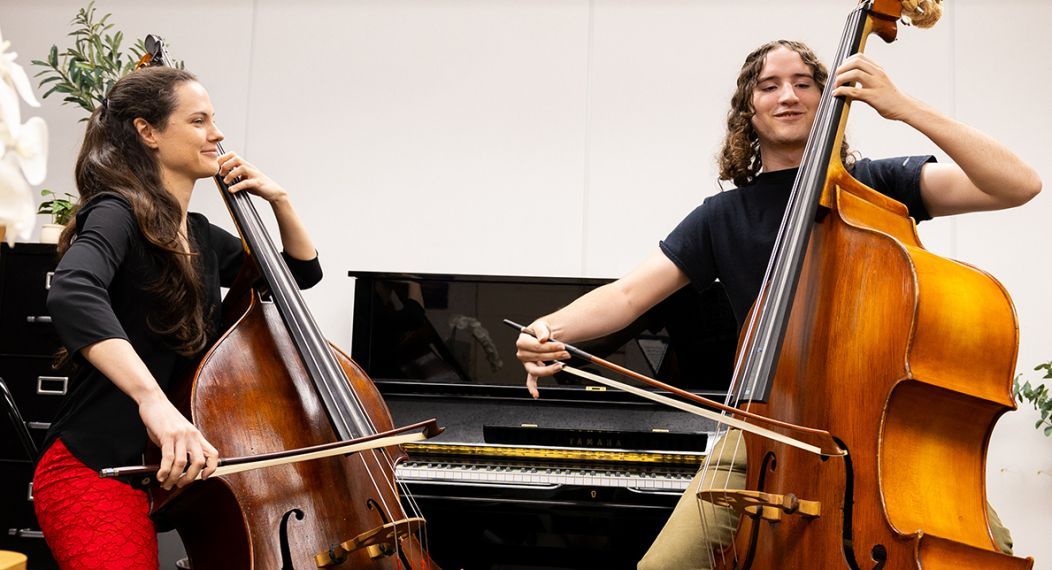Admission Process
- Click here if you are pursuing a Master of Arts in music therapy
- Click here if you are pursuing a Master of Music in music education
- Students interested in undergraduate degrees should follow instructions below
Conservatory Application Process
- Apply to University of the Pacific.
- Complete the conservatory questionnaire (received by email after application submission):
- Provide audition date preference (if applicable);
- Respond to writing prompt;
- Indicate additional degrees/tracks of interest.
- If applicable, schedule your interview/audition (schedule opens in December). In-person interview/audition is strongly encouraged.
Audition Requirements
All Conservatory majors, except music industry studies, require an audition.
Once you have submitted your application to Pacific, you will receive an email with instructions on how to schedule your audition. Applicants are strongly encouraged to audition on-campus, however, in some cases, we also accept video-recordings.
On-campus auditions for fall 2025:
- Saturday, December 7, 2024 (required for Early Action applicants)
- Saturday, January 25, 2025 (piano encouraged*)
- Sunday, February 2, 2025 (brass, percussion encouraged*)
- Saturday, February 8, 2025 (woodwind, voice encouraged*; no cello)
- Sunday, February 23, 2025 (strings encouraged*)
*Applicants are welcome to audition on any of the audition days, however, we will focus on specific areas for performances, Q&A sessions and other social events as indicated above.
Attention music composition applicants:
Additional application requirements:
- Submit at least two original compositions in any musical style.
- Send audio files as well as notated scores if available.
- Submit directly to Program Director Dr. Andrew Conklin at aconklin@pacific.edu.
Attention music therapy applicants:
As part of your application process, you will meet with music therapy faculty for a brief interview and a musical skill assessment. Please come prepared to sing 1-3 songs from any genre, however selections from children’s, folk, rock, popular, jazz, or musical theater are best as they reflect the music you will be using as a future music therapist:
- Sing one song a cappella.
- Sing one song while accompanying yourself on guitar.
- And sing one song while accompanying yourself on piano.
- Please note: if you don’t play guitar or piano, the a cappella piece will be sufficient.
This is only an assessment of your skills, and your performance will NOT affect your admission in fact, you’ll be taking classes in voice, guitar and piano while at Pacific. Contact Program Director Dr. Eric Waldon with questions at ewaldon@pacific.edu.







